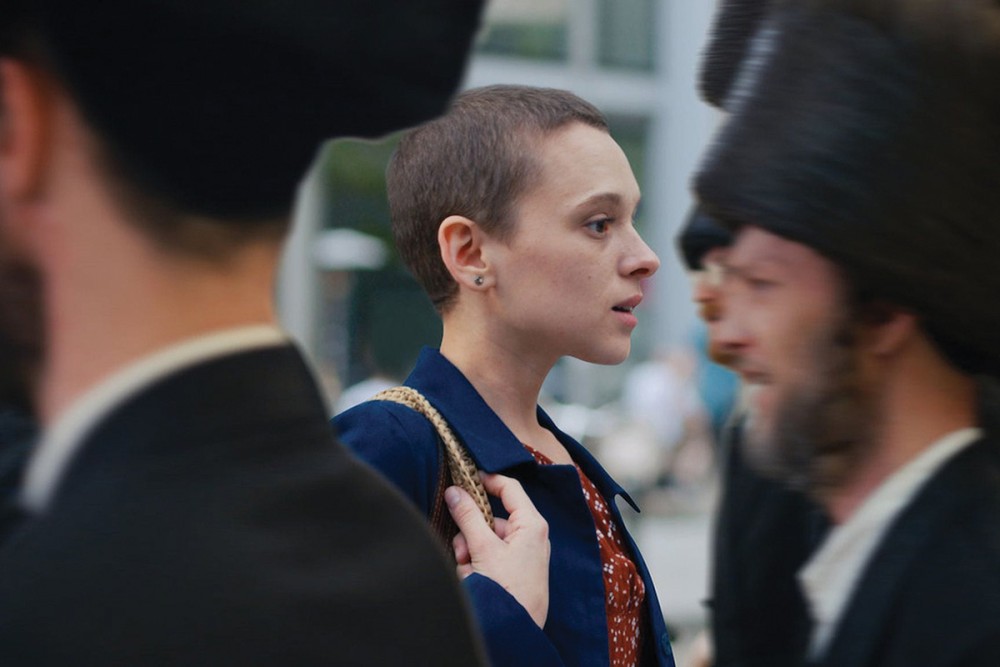Unorthodox and the captivity narrative tradition to which it belongs
To find an authentic life, do you have to lose your religion?

Before the opening credits of the Netflix series Unorthodox, we see a detached wire dangling from a metal pole. It’s a lonely scene within a dreary cityscape. Because we cannot see the street itself nor any sidewalks, the feeling is claustrophobic. Only when we hear a siren in the distance are we reminded that this is an urban place with ways in and ways out.
A young woman, possibly even a girl, is staring out at this street, at these buildings, at this detached wire, and something is wrong with her. She is no bigger than a child, but she is wearing an old woman’s clothes and what looks like a wig that belongs to someone else. We can see some of the room where she is standing, and it again looks both familiar and strange. It is very neat. There is not a single object out of place, but there is also nothing that makes us think: This room belongs to this child.
One of the great pleasures of Unorthodox is watching this stultifying world give way. But amid that pleasure are questions about who or what we are celebrating when we celebrate the departure of Esty (Shira Haas) from her Hasidic Jewish community—and what that celebration says about our own cultural moment.




